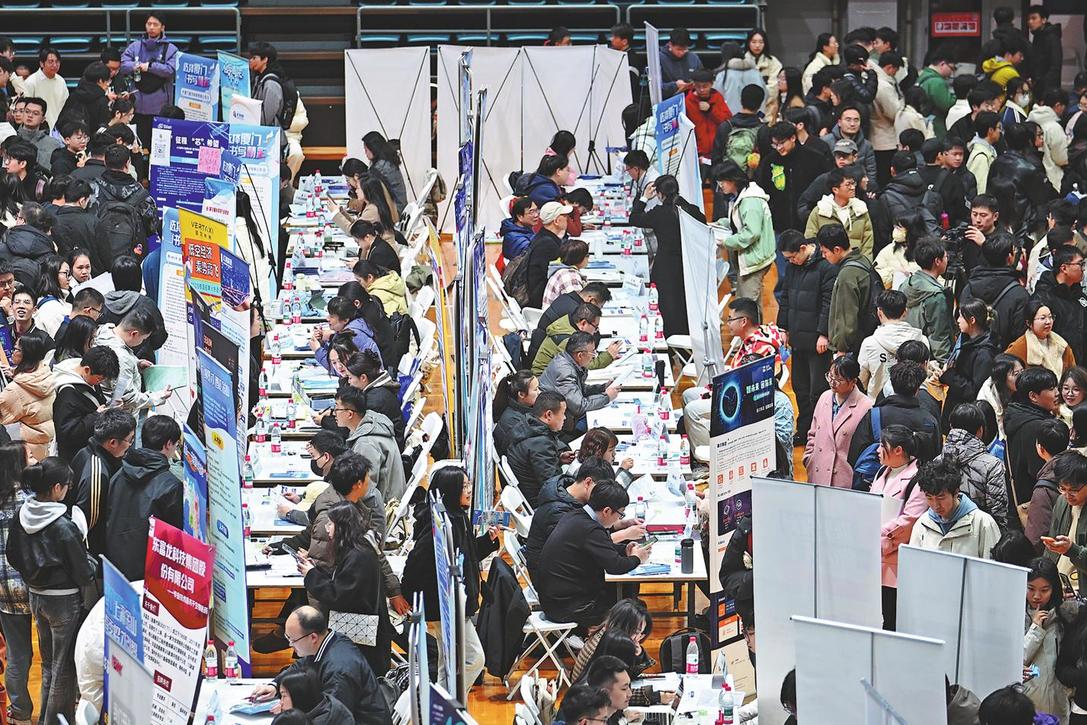Community soccer on target for goal
Government will offer incentives to encourage building of more pitches
By Xu Wei | China Daily | Updated: 2020-08-11 09:04

To play a game of soccer, Wang Hongxuan must drive 40 minutes to one of Beijing's suburban parks and contribute toward an entrance fee of 500 to 800 yuan ($71 to $115) before he can get a run on the pitch with his teammates.
"It was never easy to find a pitch in a metropolis like Beijing," the 28-year-old said. "At times, you arrived there only to find that the owners had rented the ground to someone else."
Most soccer pitches, except for those at schools and colleges, were artificial turf, which could increase the chance of injury, he added.
In an effort to make more soccer pitches available to people like Wang, the National Development and Reform Commission has urged local authorities to make full use of the fields already built to host matches and develop soccer-related sectors.
In a statement released after a meeting in Beijing on July 30, the NDRC and the General Administration of Sport said operators must establish flexible long-term mechanisms to enable social use of their pitches.
The authorities said closing the gates of soccer pitches to users and forbidding the playing of soccer games will not be allowed.
The meeting came after a stadium in Xi'an, Shaanxi province, made headlines last month for banning soccer games on its pitch, citing security concerns. The ban was later canceled, and the pitch is now open to the public for fixed hours each week.
The central government mapped out a plan four years ago to build 20,000 soccer pitches for use by members of the public by this year as part of a package of measures to build the country into a soccer superpower by 2050. The initiative will increase the number of pitches nationwide to 70,000.
The plan also said pitches at schools and those owned by businesses should be open to community use, either for free or at low cost, and the government would offer monetary incentives to encourage the building of more pitches.
An NDRC official said in May that the country is on course to meet its target of building 20,000 pitches by the end of this year, adding that over 16,000 pitches had been built by the end of last year.
However, officials at last month's meeting said some provincial-level areas were lagging in meeting their targets, and governments in those areas must step up policy and land use support to deliver the planned numbers.
They also urged local authorities to conduct across-the-board inquiries into the soccer fields already built, investigate cases where numbers are falsified and make sure the newly built grounds are open to society.
Some experts said the surging demand for soccer pitches must be met with input from both the public and private sectors.
Huo Jianxin, a professor of sports industry at Capital University of Physical Education and Sports, said encouraging more participation from private capital is a key step to solve the shortage of pitches, especially in urban areas.
"If the country's goal is to ensure that the public can enjoy soccer games near their communities, then the government should greenlight more businesses to invest and run soccer fields," he said.
Another solution to the shortage, he said, is to allow more green space to be transformed into soccer pitches.
Huo said only using land designated for sports grounds to build soccer pitches would be far from sufficient, and encouraging the use of green space for pitches will give a significant boost to the sport.
Zheng Zhiqiang, a professor of sports industry and governance at Jimei University in Xiamen, Fujian province, said the cost of maintaining a soccer pitch, especially a grass one, is higher than the construction cost because it requires sustained, long-term input.
"That is why many pitches have been closed to communities," he said. "It requires professional expertise to run a football pitch, and that expertise is lacking among many operators."
Zheng also highlighted the need to introduce more private capital to the building and operation of soccer fields.
"It is impossible that playing fields that feature investment by private capital will be left unused," he said. "But the government must also ensure that they are affordable and offer high standards of service."























